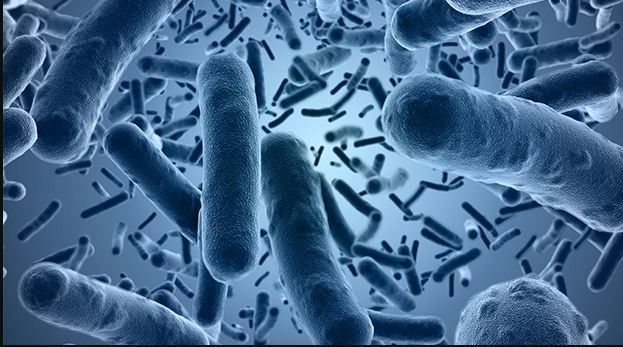


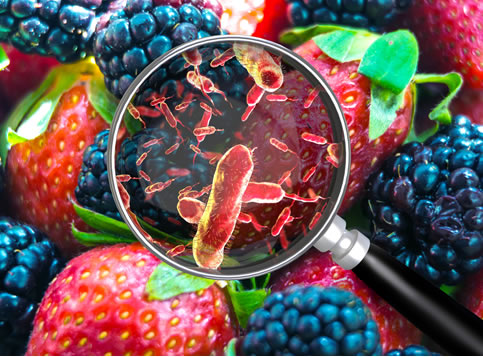
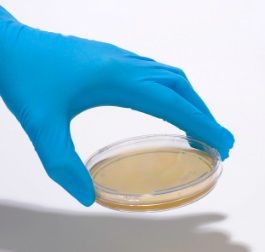

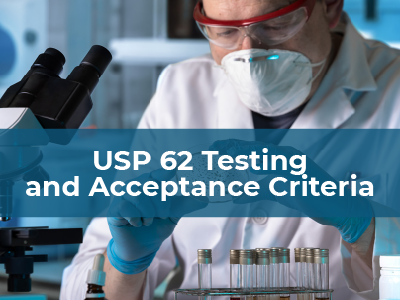
Nutrition analysis is the process of evaluating the nutritional content of food and beverages. It involves identifying and quantifying various nutrients present in a product, such as vitamins, minerals, macronutrients (carbohydrates, proteins, fats), fiber, and calories. This information provides valuable insights into the nutritional profile of foods, helping consumers make healthier choices and enabling food producers to develop products that meet specific dietary needs and preferences through the chemistry of food safety.
Nutrition analysis empowers individuals to make informed decisions about their diet by providing clear and accurate information about the content of foods. This knowledge helps consumers choose foods that align with their nutritional goals, such as managing weight, reducing sodium intake, or increasing fiber consumption. For food manufacturers, nutrition analysis is essential for developing new products and ensuring compliance with food labeling regulations. By analyzing the nutritional content of their products, manufacturers can accurately label packaging with information about calories, serving sizes, nutrient content, and health claims, helping consumers make informed purchasing decisions. Regulatory agencies, such as the Food and Drug Administration (FDA) in the United States, require food manufacturers to provide accurate and standardized nutrition information on their products' labels. Nutrition analysis helps ensure compliance with these regulations, preventing misleading or deceptive labeling practices and safeguarding consumer health from microorganisms in food.
The
FDA (Food and Drug Administration) plays a significant role in shaping and regulating nutrition analysis practices in the United States. Here's how the FDA affects nutrition analysis:
Establishing Standards: The FDA sets standards and regulations governing the nutritional content of food products. These standards include requirements for nutrient labeling, serving sizes, health claims, and nutrient content claims. Nutrition analysis must adhere to these standards to ensure compliance with FDA regulations.
Guidance Documents: The FDA publishes guidance documents to provide recommendations and best practices for conducting nutrition analysis. These documents offer guidance on methods, procedures, and calculations for determining nutrient content, labeling requirements, and compliance with FDA regulations.
Promoting Public Health: By setting standards for nutrition analysis and labeling, the FDA aims to promote public health and empower consumers to make informed dietary choices. Accurate and transparent nutrition labeling helps consumers identify healthier food options and supports public health initiatives aimed at reducing diet-related diseases.
Overall, the FDA's oversight of nutrition analysis ensures consistency, accuracy, and transparency in the reporting of nutrient content on food labels, ultimately contributing to public health and consumer safety.
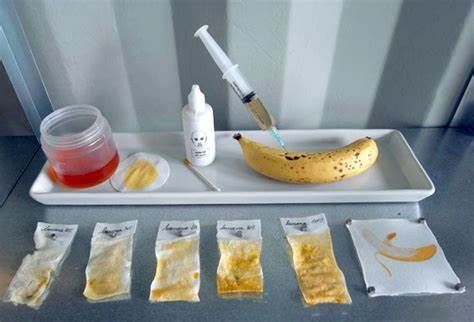
Nutrition analysis can be conducted using various methods, including food testing, database analysis, and software-based calculations. Laboratory testing involves chemical analysis of food samples to determine their nutrient composition accurately. Database analysis relies on existing databases of nutrient values for different foods, while software-based calculations use algorithms to estimate nutrient content based on ingredient lists and serving sizes.
Each method of nutrition analysis has its own strengths and limitations, and the choice of method depends on factors such as the specific nutrients of interest, the complexity of the food matrix, and the available resources and expertise. Integrating multiple methods may provide a more comprehensive understanding of the nutritional composition of food products.
By understanding the nutritional content of foods, consumers can make healthier choices, and food manufacturers can develop products that meet the needs of today's health-conscious consumers. Trust Sure-BioChem Laboratories for accurate and reliable nutrition analysis services, empowering you to make smarter, healthier choices for yourself and your customers. Unlock the power of nutrition analysis and take control of your health and wellness journey today!







Interested in Working with
Sure-BioChem Laboratories
Sure-BioChem Laboratories offers top-notch analytical testing for various industries. Our advanced lab and expert team ensure reliable, quality results. We're committed to excellence, helping clients meet high standards in environmental, food, and pharmaceutical testing.
Headquarters:
1000 Atlantic Avenue
Camden, NJ 08104
PHONE: 888-398-7247
Main Menu